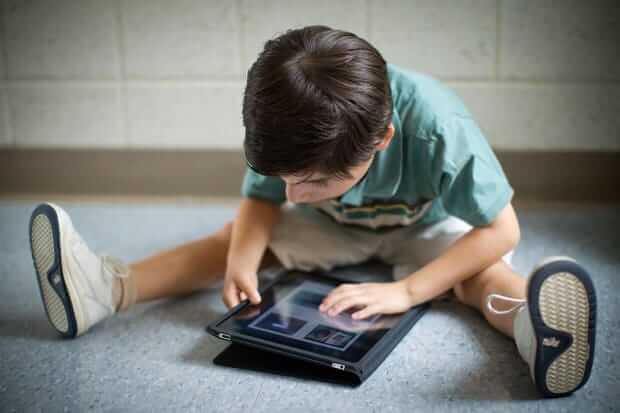Teaching and studying systems are undergoing an uncertain change due to technology. By MOHAN DHALL

There is widespread belief that children these days are growing up in what is termed ‘the digital generation’. That is, they are more adept at, and prefer, reading from iPads and laptops than reading from books and magazines. They start research with Google and Wikipedia rather than encyclopaedias and libraries, and entertainment comes from YouTube, Tumblr and Instagram, rather than television or radio. Connection between friends is centred on ‘Face Time’, SMS, Snap chat, email and Facebook, rather than telephones and even letters. Teachers too, particularly new graduates, are very familiar with using these technologies. Schools however, are not able to keep up or offer a consistent experience of technology to students.
A glance back through the history of teaching indicates that the current pace of change is unprecedented. Integration of technology into the teaching and learning process has led to a change in both what is done inside and outside of the classroom. Teachers are increasingly using technology in the classroom, and formal government teaching standards are explicit in an expectation that technology be effectively utilised within teaching and learning contexts. Technology is also being used by students both at home and within schools. Class notes are often taken on a school-issued laptop and homework is done in a word document, a spreadsheet or other software applications.
However, technology and the pace of change has caused a strange ‘in between’ phenomenon, classrooms are now neither wholly technology-based or wholly text-based, meaning students and teachers are caught in a hybrid state of having to make decisions that re-cast teaching and learning.
Consider the teacher’s perspective. They use technology to research and present information. Technology is also being used by teachers to email students about worksheets and lesson outlines. Publishers that create teaching resources such as Jacaranda and Pearson, are creating eBooks that are compatible with a range of devices, and schools are purchasing iPads rather than texts. This means that teachers cannot rely on photocopies and textbooks any more, and school printing budgets are falling. However, teachers know that some students like to read from printed material rather than small laptop screens. They also know that many students like to take ownership of their work through underlining text, highlighting, and annotating text with notes. Of course, all of these things can be done in a word document, but somehow hard copy suits many students despite their other uses of technology. In terms of preparation, teachers have the tricky task of adjusting how to present information, ideas and understanding. What proportion of notes should be soft copy and/or emailed and what proportion printed? How much, if at all, YouTube videos should be referenced and whether a PowerPoint presentation can enable easier access to the material?
In designing worksheets that are sent electronically to their students, teachers have found they need to reassess how they ask questions. The traditional method of having students recount text in ‘full sentence responses’ or list factors can simply allow students to ‘cut and paste’ from the given notes. Real engagement requires that teachers re-cast the way they create activities to circumvent the ‘cut and paste’ approach. This means finding clever ways to construct tasks and pose problems. This requires reflection, and more time for lesson preparation, rather than less. Technology properly used encourages thinking skills.
From a student’s perspective, technology provides access to media with which they are familiar. However, technology also provides more opportunities for distraction. Moreover, the ease with which information can be accessed has led to a loss of research skills, as the maxim has become ‘near enough is good enough’. Teachers are finding that even senior students need to be taught how to refine searches so that relevant information can be found. General searches typed into a search engine gives far too many responses and the fractured nature of Google searches can limit and skew research. Thus, thinking skills also need to be taught in regards to searching and finding information of relevance to a given task.
Of course, in this ‘in between’ space, students and teachers find that the physical task of writing is becoming increasingly difficult. More and more students are losing confidence in their ability to write, but examinations are still presented in written forms. This offers an added difficulty to students and also their teachers. The question is, how do teachers vest in students the skills they need to perform when the demands are pulling in another direction?
It is a strange in-between, hybrid space that teachers and their students occupy at present. There is a feeling of being somewhat betwixt and between. This feeling is exacerbated by two other factors. Some schools are embracing the newest technologies and others are lagging behind. Thus the experience of students is disparate between schools. The ‘haves’ are getting a different experience to the ‘have-nots’.
Also, the issue of how to teach in the best way to adapt to change, is tricky. Teachers may not be comfortable with the pace of change and can find themselves having to reinvent how they teach for fear of their skills becoming quickly redundant. Digital changes have thrown settled teaching and learning systems into a state of divide.
Hybrid education

Reading Time: 4 minutes



